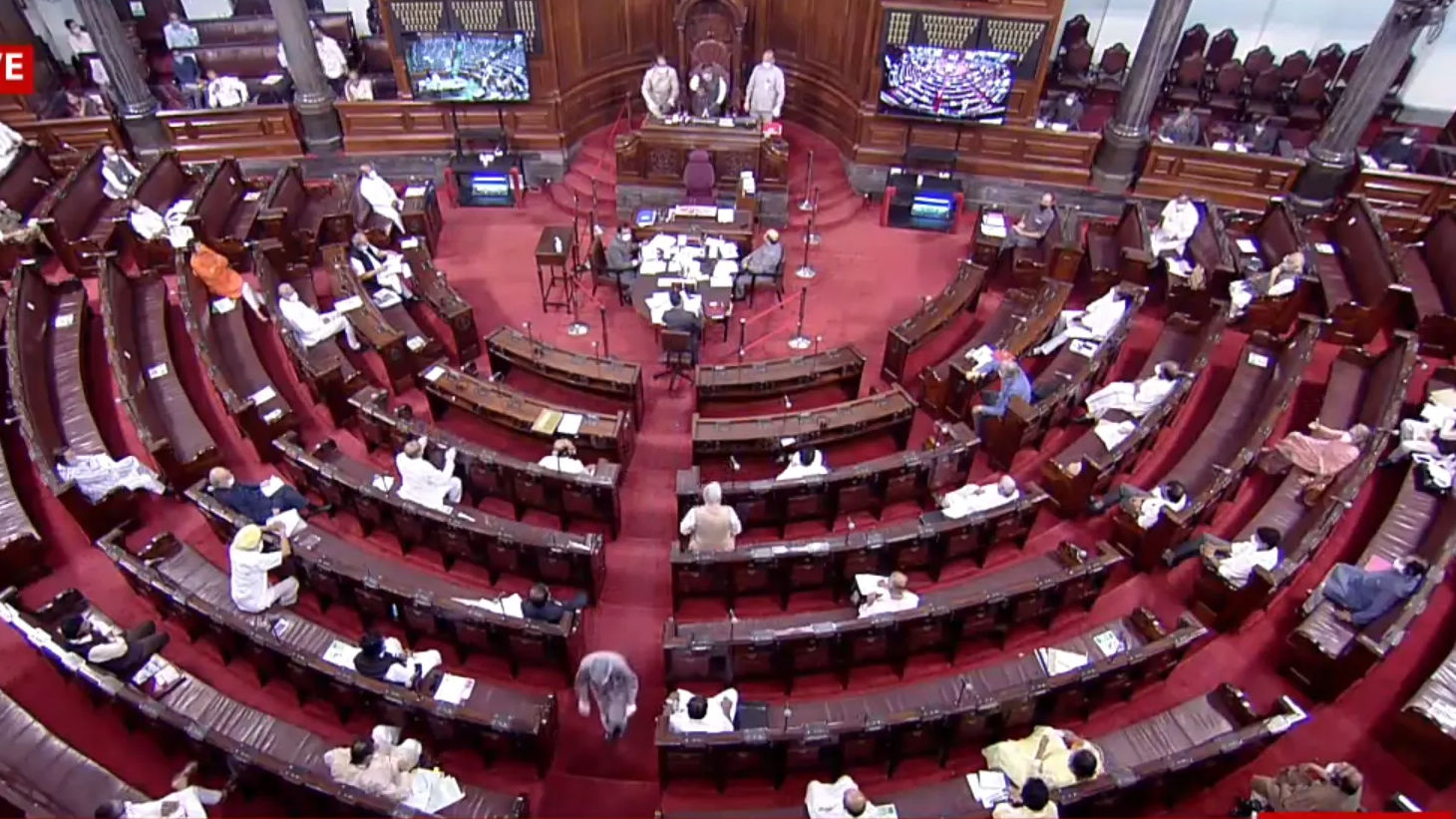The election for 11 Rajya Sabha, the Upper House of the Parliament, seats – 10 from Uttar Pradesh and one from Uttarakhand – is set to be held on November 9.
Rajya Sabha currently has 243 members, with 2 vacancies, including 231 elected members and 12 nominated. The strength of the Upper House cannot exceed 250, according to the constitutional limit.
The Vice-President of India chairs the Rajya Sabha.
The nominated members of the Rajya Sabha are selected by the President from the field of art, literature, science, and social services for their contribution and the remaining are elected by representatives of states and Union Territories through Open Ballot.
The number of members that a state can send to the Rajya Sabha depends on its population.
What is the tenure of Rajya Sabha members?
The members of Rajya Sabha have a tenure of six years and elections to one-third of the seats are held every two years.
However, a member can be elected to fill a casual vacancy but will serve for the remainder of his predecessor’s term of office, according to Section 154 of the Representation of the People Act 1951.
How are the members elected to the Upper House?
1. A ballot paper with names of the candidates is given to each Member of the Legislative Assembly. The MLA then marks his preferences against the names chosen with figures 1, 2, 3, 4 and so on and this marking is understood to be alternative in the order indicated.
2. The first preference vote goes to the candidate that gets rank 1. The candidate with a specific number of such first preference votes wins.
3. The formula is: [Total number of votes/(Number of Rajya Sabha seats + 1)] + 1.
4. This number depends on the strength of the state assembly and the number of MPs it sends to Rajya Sabha.







